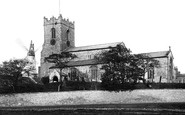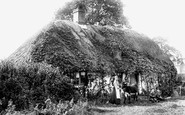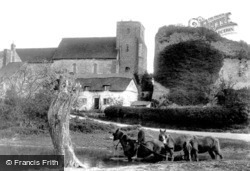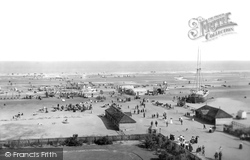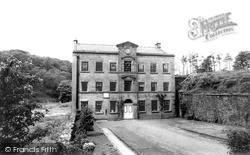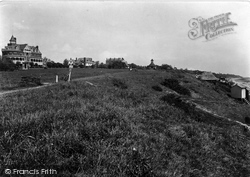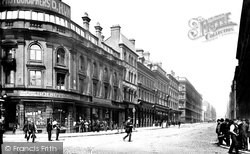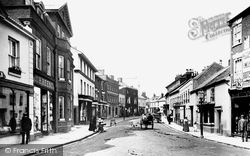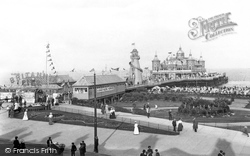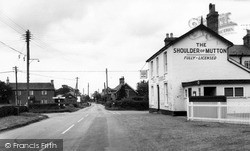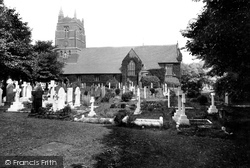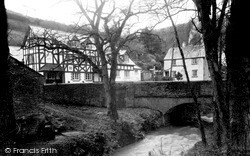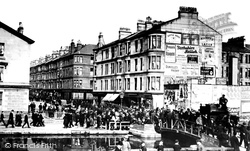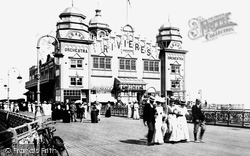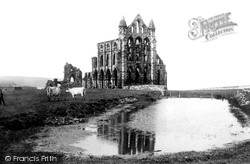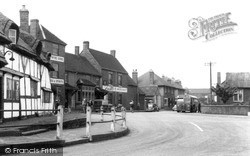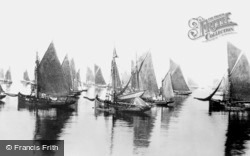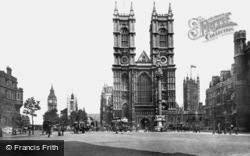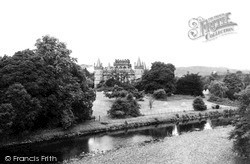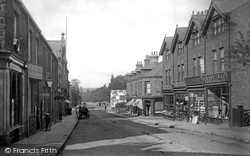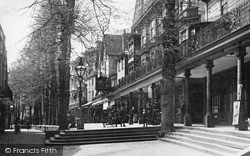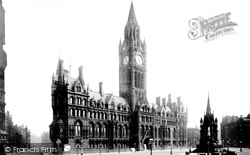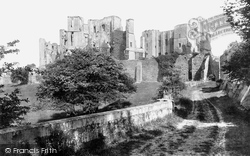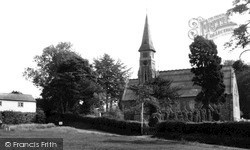Places
1 places found.
Those places high-lighted have photos. All locations may have maps, books and memories.
Photos
Sorry, no photos were found that related to your search.
Maps
22 maps found.
Books
1 books found. Showing results 169 to 1.
Memories
421 memories found. Showing results 71 to 80.
The Watford To Rickmansworth Railway In The Second World War
Croxley Green station is now - in the 21st century - merely a shadow of its former busy life. My Auntie Dorrie (Doris Lacey) worked at this station throughout the Second World War ...Read more
A memory of Croxley Green in 1940 by
Early Years Of My Life
I was born in 1936 in Shipley nursing home and we lived at 1 The Green, Micklethwaite until 1944. My father died in 1941 and my mother was left with me and brother John, surname Walker, to bring up on her own. ...Read more
A memory of Micklethwaite in 1930 by
Lawrence And Peggy Berg
My uncle Lawrence married Peggy Smurthwaite in about 1935 and took over the Hinchley Wood Hotel. It was already well-known to him and his brother, Ellis, because he was a partner in the building firm E & L Berg ...Read more
A memory of Hinchley Wood in 1930 by
Brimscombe Corner & Burleigh 1910 62690
This photo is taken 100 yards up Brimscombe lane, looking back across the Golden Valley. The lane itself leads back up to Thrupp Lane & Dark lane, which is on its way to Quarhouse and the Lypiatt Manor, ...Read more
A memory of Brimscombe by
Early Days In Greenock
I found all these photos fascinating, I have been researching many aspects of Greenock since I began working on the family's history i was hoping to see photos of some of the streets I have come to know quite well, like ...Read more
A memory of Greenock by
My Childhood
My parents were married at Stranton, and I was baptised there. We lived in a neighbouring street, Bower Street, in what would now be regarded as a slum property, with outside toilet and a single tap that was also outside. My ...Read more
A memory of Hartlepool in 1955 by
Distant Memories
I had returned to UK from Queensland to visit my mother who was ill and waiting at the platform entrance at Waterloo station when a former colleague from Post Office Overseas Telegraph came up to me and we began a ...Read more
A memory of Frimley Green in 1978 by
Digmoor Cottage Hospital Circa 1911
Looking at the 1911 Census, I note that my house - 39 Spencers Lane, Digmoor - is listed as being the Cottage Hospital with a Mr. Wilson, a widower, as caretaker. Does anybody have any information about ...Read more
A memory of Upholland Sta by
Siv's
I am a West Gorton lad from the 50's. Gregory street between Thomas street & Clowes street, I thought I lived in a 2 up 2 down but apparently now it was a bijou victorian conjoined cottage with sort after features. I attended Thomas ...Read more
A memory of West Gorton by
Working At The Runnacleave
I began working as a waiter at hotel in 1967.I was 20 years old I did seasonanal work until 1970. Great times, happy memories
A memory of Ilfracombe by
Captions
469 captions found. Showing results 169 to 192.
It was originally the residence of the Bishops of Chichester, though its fate was sealed when the Parliamentarians began to dismantle it during the Civil War.
The two wood and pantile shelters on either side of what was to become Tower Esplanade were useful refuges when it began to rain.
It began life in 1770, however, as an administrative building for a mill.
Frinton's development as a resort began as late as 1885, by which time Walton and Clacton were both well-established. Frinton grew at a slower, more genteel pace.
In the warehouse district, Portland Street in 1885 began on the south side of the infirmary and was used to link Oxford Street and Piccadilly by tramway.
Sidmouth began as a small fishing town with a bustling local market, but even these activities had begun to decline by the time the first visitors arrived in the late 18th century.
Many seaside piers began life as landing stages for pleasure steamers. Thrusting out into the sea, they encapsulated the Victorian passion for innovative feats of engineering.
To the left is Thurston's Agricultural Engineers, which began as a wheelwright's. The small building behind the finger post was Cooper's butcher's shop (centre left).
On 6 August 1872 the building of St Anne's parish church began. As with Lytham, it was foreseen that with more residents and more visitors larger church buildings must be available.
The building on the left began life some 450 years ago as a smithy and became an inn in the 1850s to service the coach trade.
Situated on the Clyde, opposite the mouth of the River Cart, Clydebank was little more than farmland until 1871–72, when J & G Thomson began the construction of a shipyard.
Restoration of the by-then derelict pier began in 1996. The elegance of the pier was echoed by the broad streets of the town, which were built to resemble fine boulevards.
After being destroyed by the Danes in 867, Whitby was not refounded until 1078, when the Benedictines began building their abbey.
Construction of the Coventry Canal began in the late 1760s; the objective was to link industrial Coventry with the coalfield around Bedworth and to open a navigation to the Grand Trunk (Trent
They were noted as being fast sailers, and needed to be, as their catches often had to be landed in time to be loaded on to scheduled express fish trains.
Henry II began the reshaping of Edward the Confessor’s old church. Restyling continued until well into the 16th century.
Work began in 1743 and ended in 1770. The old castle was demolished in 1773.
A Saxon minster church was established here in 643, but it was the Norman bishop Walkelin who began the cathedral we see today. The cathedral stands on marshy ground, and the crypt often floods.
In the mid 19th century, many middle-class residents of central Leeds began to move out to the north of the city near to the country estates of Beckett's Park and Hollin Hall, and Headingley became a rather
During the early part of the 17th century, busts began to take the place of effigies; the county's earliest bust can be found here, on the memorial to Sir Thomas Cornwallis, one-time governor
Visitors camped on the common until building began; in 1638 a promenade called the Walk was laid out. The Walk was paved, and became the Pantiles.
The Town Hall covered a site of nearly two acres; building began in 1868 and was completed in 1877 at a cost of about £1million.
One of the finest castle ruins in the UK, Kenilworth began as a timber fort. The first stone castle was built c1120 by Geoffrey de Clinton, chamberlain and treasurer to Henry I.
Its architecture is deemed modern compared to many other Kent places of worship that began life in Norman times.
Places (1)
Photos (0)
Memories (421)
Books (1)
Maps (22)



